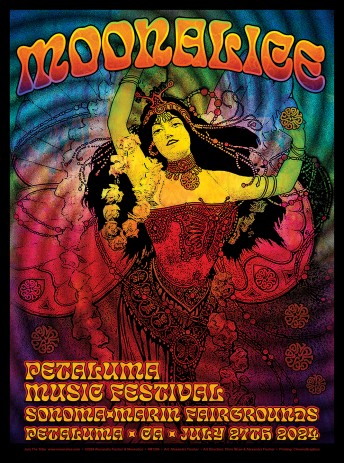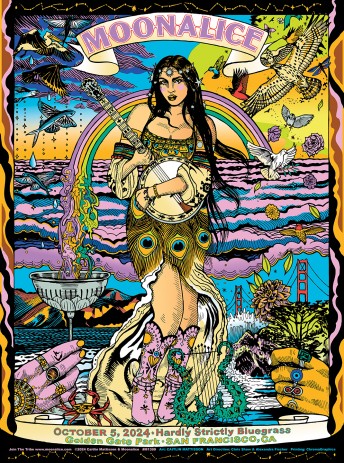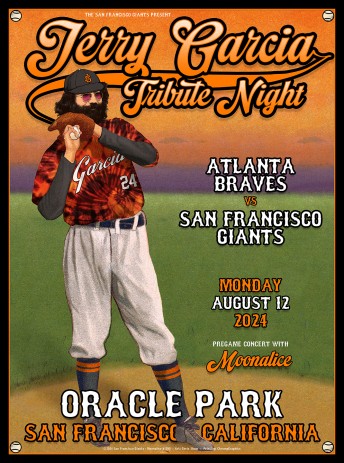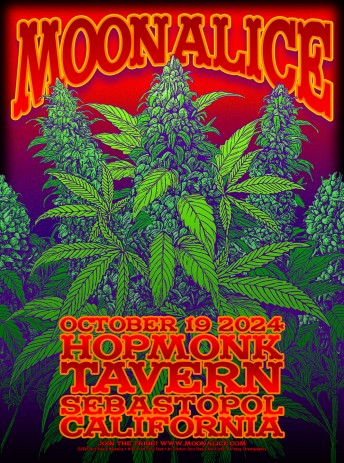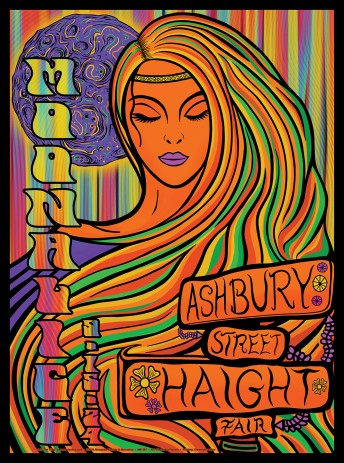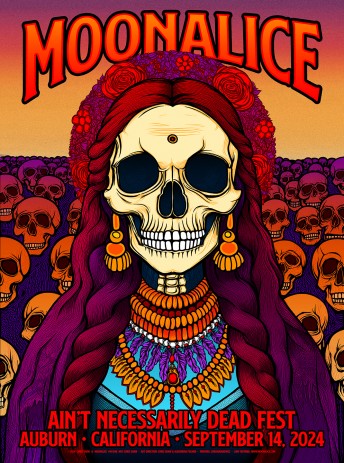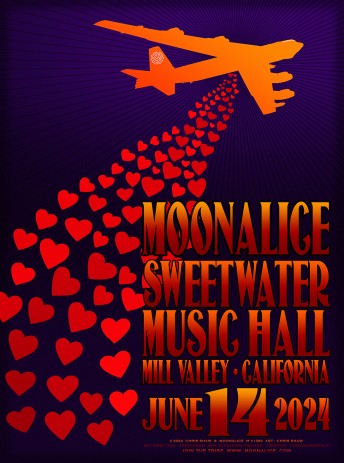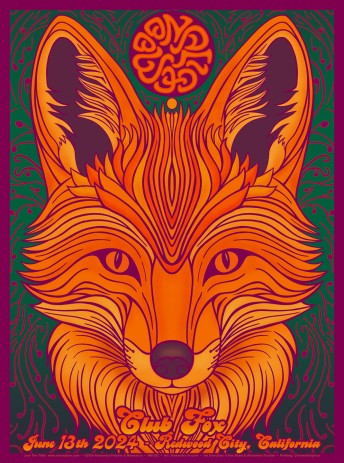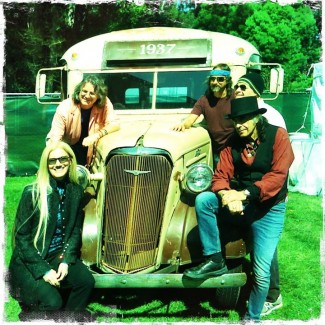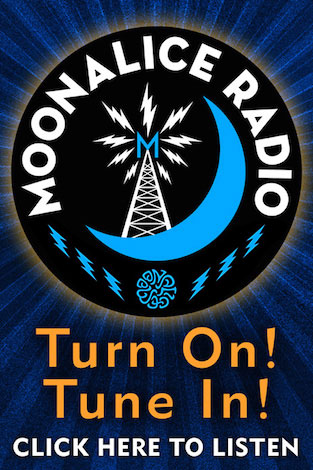How Moonalice came to be . . .
According to Moonalice legend, we have never shared the backstory on Moonalice. Here it is, from my perspective:
When Elevation Partners started in 2004, Bono and I began a project to help recording artists. Known as "Project Independence," the idea was to enable artists to do something they had never done before: use the balance sheet value of their copyrights and publishing. Artists have always collected royalties, but few have used the present value of their assets. (Historically, record labels and music publishers have gotten all the balance sheet value.) By sharing that balance sheet value in Project Independence, artists would be positioned to buy back the rest of their copyrights from labels that go under. It was a good idea, but a huge threat to the status quo in the music industry. After three years of hard work, we were ready to sign the first two mega-artists to Project Independence when a music lawyer persuaded one of the bands not to sign, which effectively killed the project.
What I discovered was that the leaders of the music industry do not want to change anything. The only way to have a positive impact would be by example. One of my partners on Project Independence, the amazing T Bone Burnett, offered to produce an album if we would create a "new band, with new music and new legend." That's how Moonalice was born.
The idea was simple: create a band the way I would a tech start-up, leveraging technology wherever possible. Thanks to T Bone, our first album was destined to be pretty amazing. Sadly, the music industry had no interest in it. That's when we decided we could no longer afford our manager, publicist and label. We put all of our energy into social networks. I started a group on Facebook and Tracy Sheridan got me started on Twitter. We tried a few things and built the beginnings of our social net. Soon thereafter, I discovered the amazing Gail Barnes who taught me most of what I know about Facebook and Twitter. The experiments were really fun: Twittercasts, Twitter Radio, Moonalice Forum. Then Glenn Evans bought a video camera and things got really interesting. Tim Stiegler introduced us to Livestream. Jon Luini helped me figure out a web strategy, then he brought in PROD to design a site and MobileRider to implement our satellite network and HTML 5. Together, Jon, PROD, and MobileRider created a site with integrated social networking and HTML audio and video players. And somehow along the way, 1.1 million people downloaded "It's 4:20 Somewhere."
That's the story so far . . .
Roger McNamee









